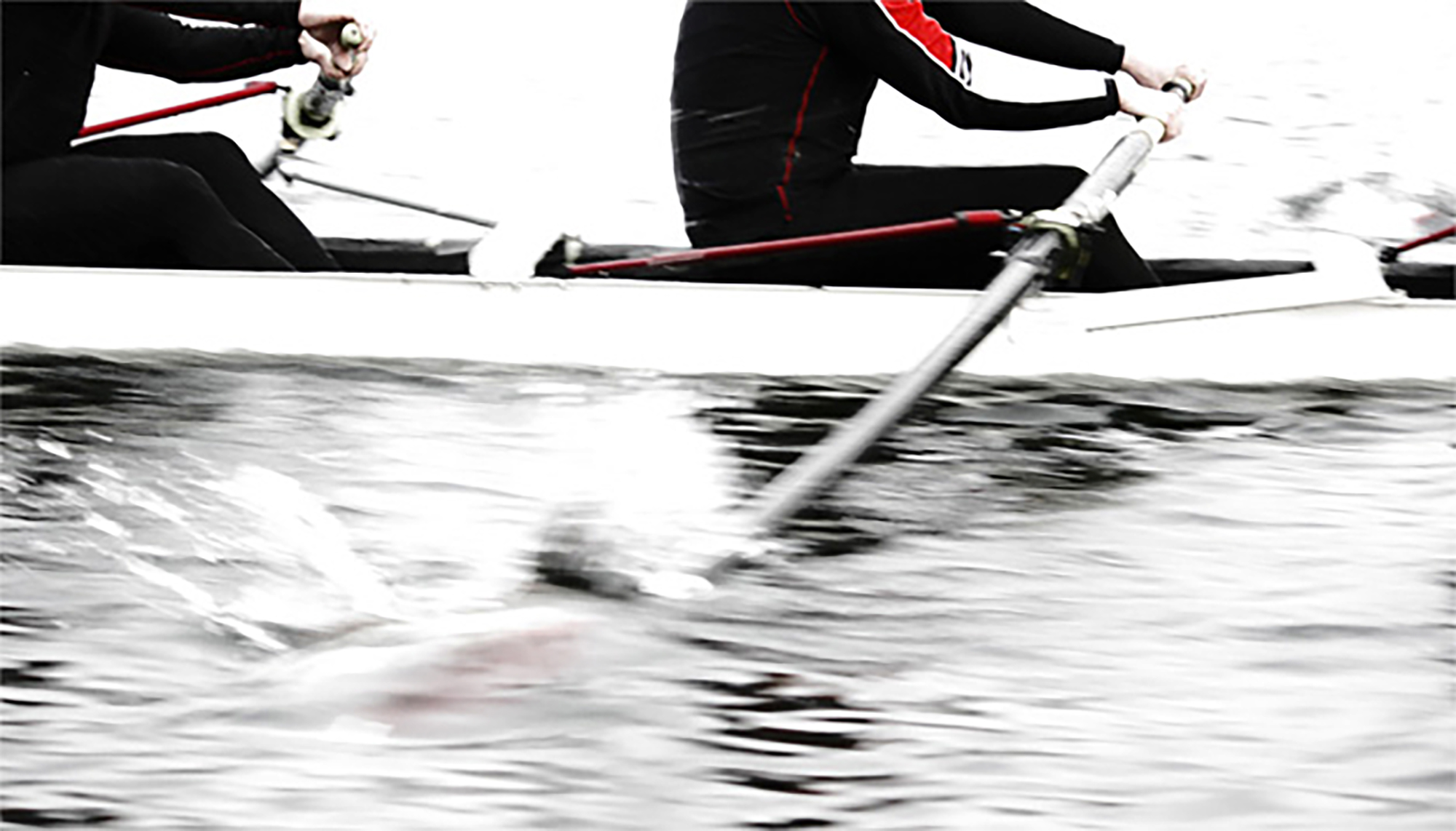NOW: Powerlink topstays have a patented Fit-Design, with hinged connectors at either end accommodating any mounting angles at the boat hull and any pitch angles of the oarlock pin.
THEN: Topstays are factory-bent to fit one particular setting. Change that setting and re-bending in a vice might be necessary. Just tightening the two ends can affect the pitch angle and locally damage the hull skin.
Due to the Fit-Design, pitch angles will not change during the installation of Powerlink topstays.
Tightening the screws or nuts of the length adjustment mechanism can change the pitch angle. After some use, preferred length settings can develop, making small pitch adjustments difficult.
- Length adjustments are made by hand without tools.
For some types of topstays, two large heavy wrenches are needed to adjust their length and can leave you with stripped aluminum threads. - The hinged pin connector allows the Powerlink topstay to nest easily during transport.
Topstay ends at the oarlock pin side are easily bent during transport with the topstay sticking out and being tied to the main rigger. - The connectors of the Powerlink topstay are machined, providing accurate mating surfaces.
Custom bent ends have no flat surface, resulting in high stress points which can damage the hull’s composite skin. - One source for all your topstay needs.
For topstays, contact a different manufacturer for each boat make in the boat house. - A spare kit of two or three topstays is all you need to have a ready replacement.
Depending on how many boat makes you have on the trailer, you might carry a big load of spare topstays to regattas. - The Powerlink topstays look as sleek as your valuable shell.
The beautiful lines of rowing shells and their tubular topstays are interrupted by big nuts, exposed threads and cheap-looking hose clamps. - The clean design has no sharp corners or pinch points.
Some topstay designs can lead to gouged knuckles during rough water, and to injuries when exiting a shell involuntarily and when climbing back into it. - Metal to metal contacts have been minimized for greatest corrosion resistance.
The metal-on-metal construction used on current topstays are more vulnerable to corrosion which can lead to frozen length adjustment mechanisms. - The end connectors are hard anodized for increased resistance to wear from rigging.
Many topstays are “soft” anodized and are easily gouged during rigging. -
Use Powerlink topstays to “stiffen up” shells originally sold without them.





